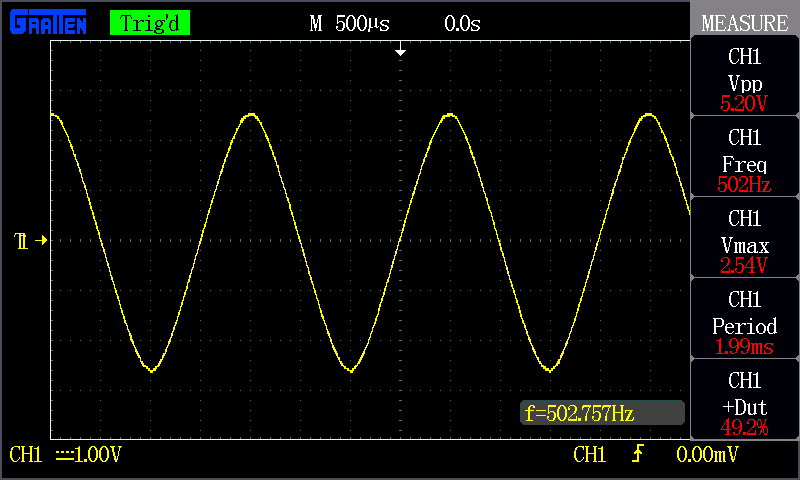

In addition to current glucose values, CGM systems can provide retrospective glucose trend graphs and an estimation of the current rate of glucose change (eg, rising or falling in mg/dl per min increments), derived from previously recorded glucose data. In contrast, CGM can provide a more comprehensive picture of glycemia, since these systems gather data on a more continuous basis (because of the higher measurement frequency) and store the ISF glucose values several times per hour in the reader, receiver or associated app on a connected device. 5 Guidance recommends people with type 1 diabetes perform self-monitoring of blood glucose (SMBG) between 4 and 10 6 or even 6 and 10 1 times per day. BGM, being an episodic measurement process initiated by the end-user, is recommended to be performed at least 3 or 4 times per day by intensive insulin-using people with type 2 diabetes 4 and actually performed on average 5 to 6 times per day by people with type 1 diabetes. 2, 3Īlthough BGM and CGM systems offer different functionality, both types of system are intended to help users achieve improved glucose control. However, there are now CGM systems manufactured by Dexcom and Abbott that are intended for nonadjunctive use, that is, to replace BGM in many therapeutic situations particularly in terms of using the information from the CGM system for insulin dose adjustments. For many years, CGM systems were only intended for adjunctive use, that is, to supplement BGM information when making diabetes management decisions. Whereas rtCGM systems typically provide new glucose values every 5 minutes, provided that the device used for display is in range of the wireless transmission, iscCGM systems require the user to scan the sensor to obtain current glucose values, either on a specific reader or app-enabled smartphone. Most CGM systems currently in use can be categorized as either real-time CGM (rtCGM) or as intermittently scanned CGM (iscCGM also referred to as “flash glucose monitoring”). While BGM is the standard and more established approach for informing diabetes therapy, CGM has seen a rapid increase in users in recent years. 1Ĭurrently, patients with diabetes may choose between two major types of system for glucose measurement: blood glucose monitoring (BGM) systems measuring glucose within capillary blood and continuous glucose monitoring (CGM) systems measuring glucose within interstitial fluid (ISF). Depending on their diabetes regimen, the glucose results can then be used to make therapeutic decisions, such as insulin dosing. Many people with diabetes are required to regularly check their current glucose concentrations. In addition, real-world implications of accuracy and its relevance are discussed. The intention of this review is to provide a comparison of different approaches used to determine the accuracy of BGM and CGM systems and factors that should be considered when using these different measures of accuracy to make comparisons between the analytical performance (ie, accuracy) of BGM and CGM systems.

#Measure frequency of values in statplus iso
In the literature, BGM system accuracy is assessed mainly according to ISO 15197:2013 accuracy requirements, whereas CGM accuracy has hitherto mainly been assessed by MARD, although often results from additional analyses such as bias analysis or error grid analysis are provided. Another area in which BGM and CGM systems differ is measurement accuracy.

Although BGM and CGM systems offer different functionality, both types of system are intended to help users achieve improved glucose control. Currently, patients with diabetes may choose between two major types of system for glucose measurement: blood glucose monitoring (BGM) systems measuring glucose within capillary blood and continuous glucose monitoring (CGM) systems measuring glucose within interstitial fluid.


 0 kommentar(er)
0 kommentar(er)
